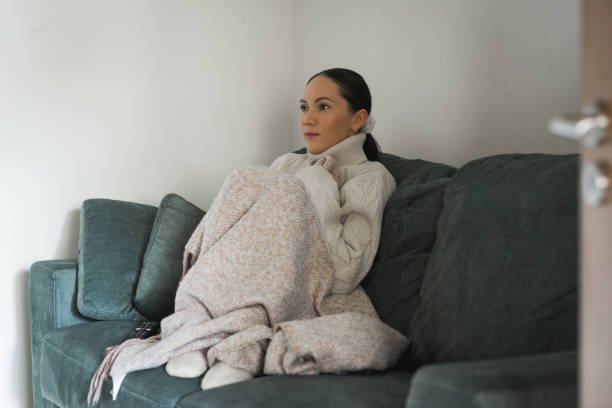
Don’t Ignore Purple Nails and Toes! Here Are the Causes, Symptoms, and Types of Cyanosis
When the cold snap comes, many people’s hands and feet often become abnormally cold or even discolored due to poor blood circulation. Although adding more warm clothes and shoes and socks can often improve the symptoms of chills.
However, cyanosis may occur when areas such as fingernails, toes, or lips turn blue and do not return to normal even with warmth through clothing. This article will help you understand the causes, types and symptoms of cyanosis.
What is cyanosis?
Cyanosis, also known as cyanosis, is a manifestation of hypoxia. When cyanosis occurs in a person, the (hypoxic hemoglobin) content in the arterial blood will increase, usually reaching 3~5 g/dL. At this time, the blood oxygen level will decrease, possibly lower than 85%, and the patient will appear Symptoms include purple skin, mucous membranes, and nails.
Cyanosis = lack of oxygen? The number of hemoglobin and blood oxygen concentration values is the key
The main cause of cyanosis is that arterial blood (oxygenated blood) is mixed with venous blood (hypoxic blood), which reduces the oxygen concentration of the original arterial blood and makes the blood darker and purple, causing the blood to flow through The skin or nails appear purple-black. Therefore, cyanosis is a symptom of a lack of oxygen in the body.
However, not everyone who is hypoxic will become cyanotic. For example, people with anemia are less likely to develop cyanosis symptoms due to low hemoglobin (hemoglobin).

3 major types of cyanosis
Cyanosis can be divided into the following 3 types:
1.Central cyanosis
Central cyanosis is caused by insufficient oxygenation concentration in the arteries. Generally, newborns will have central cyanosis within 5 to 10 minutes after birth. This is a normal manifestation. Generally, it will return to normal values after 10 minutes. If cyanosis persists, detailed evaluation is required to see if there are any problems related to the heart, lungs, respiratory tract, neuromuscular system, blood, and metabolism.
Central cyanosis often occurs in children with congenital heart disease (such as Fallot’s four severe cases). Due to the structural defects of the heart, venous blood and arterial blood are easily mixed into hypoxic blood to circulate throughout the body, thus causing cyanosis, that is, Cyanotic congenital heart disease.
2.peripheral cyanosis
Patients with peripheral cyanosis usually have normal arterial blood oxygen concentration, but limited peripheral blood circulation, resulting in insufficient blood supply to peripheral tissues. Possible reasons for peripheral cyanosis include:
Raynaud’s syndrome: When a patient faces cold or experiences excessive emotional stress, the fingers and toes may experience vasoconstriction. When blood is unable to supply the peripheral parts, the skin will become cyanotic due to ischemia and become cyanotic. It turns white or purple. In severe cases, it may even cause tissue gangrene, and amputation may eventually be required.
- Severe hypotension
- Hypothermia
- Blockage or damage to peripheral blood vessels
- Heart failure
- Abnormal lymph circulation
- Heep vein thrombosis
- Hypovolemic shock
3.Acrocyanosis
When you find that your lips, mouth, palms, nails or soles have abnormal discoloration or purple color, and cannot return to normal color by wearing warm clothes, or even have the following symptoms, you must seek medical attention immediately:
- Tired
- Xhest pain
- Headache, dizziness
- Difficulty breathing
- Fever
- Unconscious
- Coughing up black mucus
Wearing warm clothes and relieving stress in time can help prevent cyanosis
- Keep the environment warm: When the weather is cold, you must pay special attention to maintaining the warmth of your home and indoor environment. You should also wear enough warm clothes when going out to avoid cyanosis of the hands and feet due to vasoconstriction due to low temperature.
- Avoid excessive psychological pressure: Many patients often develop cyanosis due to excessive psychological pressure. Therefore, they should engage in their favorite leisure activities or sports to help relieve psychological pressure and reduce the risk of cyanosis.













